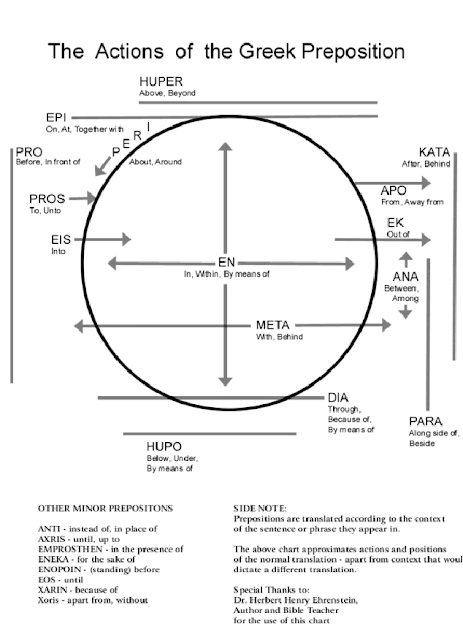Sometimes, I have been known to take my own advice…
I have been thinking further on the topic of comparatives and superlatives. In my last post in this vein I proposed “plu-”, “plust-”, “min-”, “minst-” for the “more, most” and “less, least/ fewer, fewest” sequences. Using words that are common to several other constructed languages can be a mixed blessing. I notice that Interglossa makes considerable use of “plu” but uses it as an article to indicate plurality. A bigger problem is that I have words for the comparatives and superlatives but no related word for the positives: “much/ many” and “few/ little”.
In my post on the “vang, veng, ving, vong” progression I mentioned that when I came up with the concept of relating words by an alphabetical vowel progression I had expected to make more use of it than I had.
Thinking on this I now propose the sequences “mas, mes, mos” and “las, les, los”. The first is easy to remember since some of the words resemble English words such as “mass” and “most”. “Mas” is reminiscent of “mais”, the Portuguese word for more/ most. “Les” phonetically resembles its English meaning, “less”. All of the words have the common theme of ending in “-s”.
Some languages use an “absolute superlative”. To do this in Diinlang use mos– with the augmentive suffix –ta or los– with the diminutive suffix, –ko.
The use of “mes” here means that we can no longer use it for the small/ medium/ large progression. In another recent post I remarked on the tendency to create new words were familiar English ones would do. “Gros” is somewhat ambiguous since it can also indicate a number (144), a quantity or something unpleasant. The English word “big” is, however, widely understood and has surprisingly few alternate meanings, even in other languages. Using “big-“ as a prefix has echoes of various pidgins and creoles but that is not necessarily a bad thing. Those are languages that evolved for clearer communication so have some features worth examining. “Mes” in this progression gets replaced with “mid”, another simple word whose meaning will be clear and logical to many who encounter it.
Small/Medium/Large are now represented in Diinlang by “mik, mid, big”. These may be combined to indicate intermediate graduations using the words “mikmid” and “midbig”.
